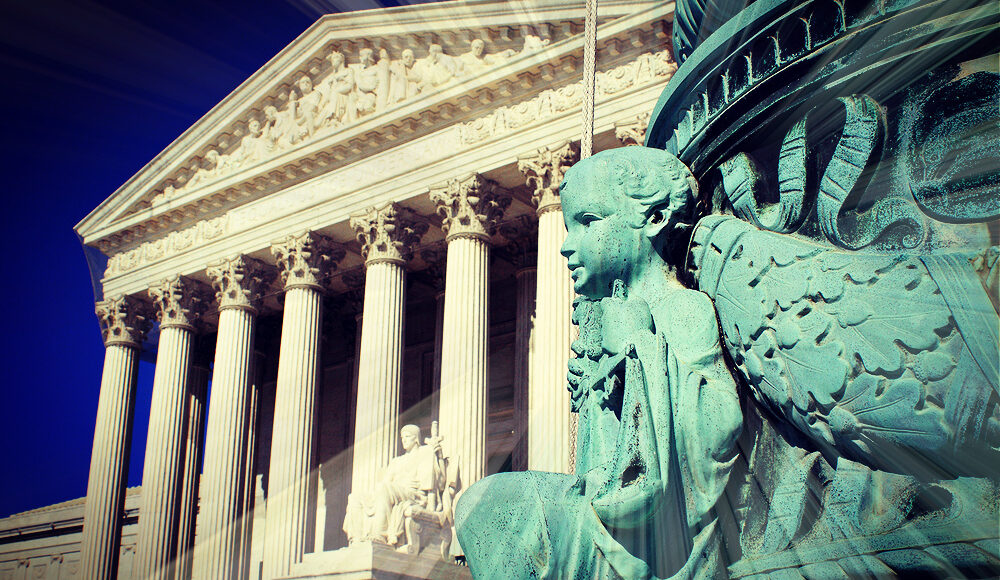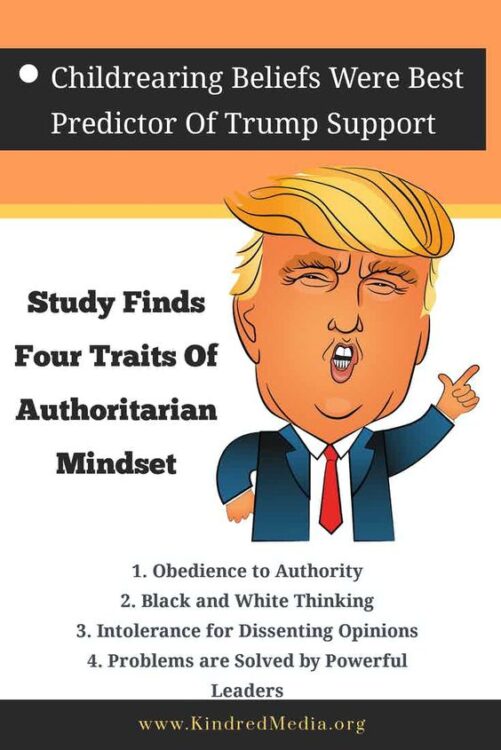Supreme Court justices And Originalism: A Legacy of ACEs
Just as millions of other people over the last few days, we’re still reeling from the news of the U.S. Supreme Court’s ruling in Dobbs v. Jackson Women’s Health Organization that overturned Roe v. Wade. One overpowering emotion after another hit us—we’re sad, devastated, numb, livid. So many parts of people’s lives are affected that it’s overwhelming to try to comprehend. It’s not just the 40 million women of childbearing age who live in states where access to abortion will be prohibited, but the millions of women who need an abortion because of health reasons. What happens when you live in a state where the first answer is “NO!”?? And it’s much more complicated and generational than that.
Ingrid Cockhren, PACEs Connection’s CEO, thought about how mothers being forced into birthing children puts those children at risk in so many ways, and the historical context of women being treated as property. Carey Sipp, who is PACEs Connection’s director of strategic partnerships, noted that the most “abhorrent rolling back to the dark ages” aspect of the ruling forces women who are raped and girls who are raped by relatives or friends of family (which are most rapes) to live with the consequences of those horrors with no ability to escape the past. The criminalization of pregnant women and their caregivers. The likelihood of a 33% increase in the pregnancy-related deaths of Black women. We could go on.

“It’s all just bad,” says Rafael Maravilla, our network manager.
In light of the science of positive and adverse childhood experiences, my main question is: What happened to you, Justices Alito, Thomas, Kavanaugh, Barrett and Gorsuch? What happened to you in your childhoods, your formative years, that led you to blithely unleash such cruelty and incoherence? What happened to you, Justices Kavanaugh, Barrett and Gorsuch that you could nonchalantly testify that you regarded Roe v. Wade as established precedent, which meant that you weren’t going to consider overturning it? It’s obvious now that was misleading at best, a lie at worst.
We know what happened to former President Donald Trump during his childhood, and some of what happened to Russian President Vladimir Putin. We don’t know what happened in the originalist judges’ childhoods, but I am willing to venture that they experienced some adversity, otherwise why would they support the concept of constitutional originalism? It’s not an innocent concept. It clearly harms people.
I’ve always said that it’s not a person (with ACEs and few positive childhood experiences) with a gun or knife who does the most damage; it’s the people (with ACEs and few PCEs) who have great power who can do the most damage. And I believe that, as in the case of Trump and Putin, the originalist justices on this Supreme Court not only have great power, but are using it unwisely in a way that is causing great harm. It’s possible that by their actions they don’t mean to do great harm, but that’s a consequence of ACEs and not enough PCEs, too.
Just like the emperor who has no clothes, these judges have no robes. Last week’s opinions on abortion, the Second Amendment, and the separation of church and state are cloaked in originalism, or, more accurately, twisted and contorted into originalism, the constitutional theory that says the U.S. Constitution and its parts must be interpreted as when they were written, not as a living, breathing document that evolves with the times. There are two things wrong with that approach: One, the justices don’t know history and based their reasoning on one error after another, in the case of the recent ruling on guns. And here’s a deep-dive on the fascinating history of abortion, which, when Roe v. Wade became the law of the land in 1973, had been supported by most Americans for centuries. More importantly, did you notice how originalism seems to be code for racism, sexism, homophobia, White male supremacy and authoritarianism?
In Dobbs v. Jackson, Justice Alito said that a right to an abortion cannot be found in the Constitution. I invite you to listen to Ezra Klein’s interview with legal journalist Dahlia Lithwick,who covers the Supreme Court for Slate and hosts the podcast “Amicus”. She explains in simple and elegant language how the 14th Amendment led us to where we are today.
But actually, there’s a really, really robust set of rights that is not in the Bill of Rights. It’s lashed to the sort of liberty interests that are fleshed out with the 14th Amendment.
And what they were doing when they were thinking about the sort of liberty interest protected by the 14th Amendment that the rest of the Constitution didn’t get at, it was the idea that if somebody can rape your wife, you are not free. If families could be separated, if your children could be sold into slavery over your objections, you were not free.
If husbands and wives were treated as chattel and they were economic instrumentalities, but they were not, in fact, a family unit, they were not free. And there’s amazing, heartbreakingly beautiful language about trying to enforce that idea that the cornerstone of freedom is the ability to define what a family is, to marry who you love, to raise children as you see fit.
…the whole line of cases that follows…a whole bunch of cases that have to do with how your children are educated, how they are raised, in some sense, it has its apogee in Loving v. Virginia, the anti-miscegenation case that says you cannot be free if you cannot construct the family that you want to construct.
This line of reasoning led to Griswold v. Connecticut that allowed the ability to use birth control within marriage, to Roe v. Wade to be able to determine how many children to have and when you will have them, and to Obergefell v. Hodges that gave people the right to marry the person they love, she continued. This was a continuum of humane decisions that expanded the notion of freedom to live an authentic life, to have agency.
And now, with Roe v. Wade tossed out, other “unenumerated” freedoms seemed to be threatened in the concurring opinion written by Justice Thomas in which he said: “in future cases, we should reconsider all of this court’s substantive due process precedents.” Those due process precedents include those that that allow for same-sex marriage, contraception and, ironically, interracial marriage.
So, where do we go from here? We at PACEs Connection have always said we’re in this for the long haul, which, with the recent Supreme Court decisions, seems to have become longer. So be it. We know that the science of positive and adverse childhood experiences teaches us that when practices and policies based on blame, shame and punishment are replaced by understanding, nurturing and healing, we’re all happier, healthier and wealthier. Along with you, we’ll keep pushing to change those antiquated practices, every day, every hour, every minute so that we all have agency.
Lithwick noted that changing the current fix we’re in—minority rule over a majority’s wishes—isn’t a court problem. It’s a democracy problem. We need to take a cross-sector approach, both in communities and in issues, to unite to change this situation we find ourselves in, where the minority overrules the wishes of the majority. And, where there are competing interests, to find a compromise.
I’m not inconsiderate of the feelings of people don’t believe in abortion, but Roe v. Wade was an example of a good compromise. It balanced the life of the mother with the life of the fetus. Up to the point where a fetus was viable, the mother’s interest took precedent. After a fetus could live outside the womb, then the state’s interests took precedent. It worked for 50 years and could have continued being the law of the land.
But now it isn’t. Yet we have hope.
Martin Luther King, Jr., said, “The arc of the moral universe is long, but it bends toward justice.”
We say: Make life fair.
This article first appeared on PACEsConnection.com, a social network for community of people who us the science of positive and adverse childhood experiences to solve our most intractable problems, and on ACEsTooHigh.com, a companion news site for the general public.
RESOURCES



